Rose flower Profile
Written by admin
Nov 03 2020
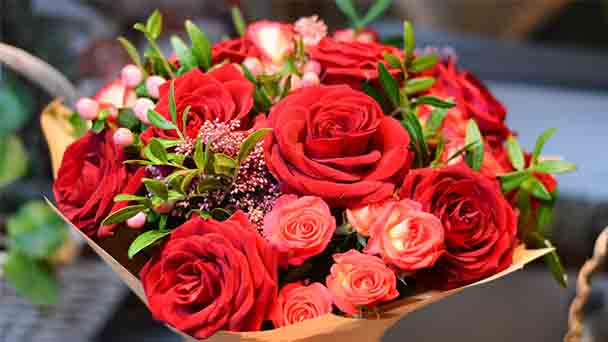
Rose flower is a deciduous shrub of Rosaceae, origin in China. It has many needle-prick branches, odd-pinnate compound leaves, 5-9 leaflets, oval, with edge spines. The petals are obovate, double to semi-double, purple-red, and white, and the fruiting period is 8-9 months, oblate. The branches are relatively soft, drooping and densely thorny. They only bloom once a year, so they are seldom used for breeding. Recently, their main characteristics are disease resistance and cold tolerance.
Rose flower morphological characteristicsRose flower growth habit and growing environment and distributionRose flower efficacy and roleMedicinal valueRose flower cultivationTwig cutting with heelSemi-wood cuttingsHardwood cuttingsHard branch water insertion
When roses are used as economic crops, their flowers are mainly used in the food and the extraction of essential rose oil. Rose oil is used in cosmetics, food, fine chemicals, and other industries.
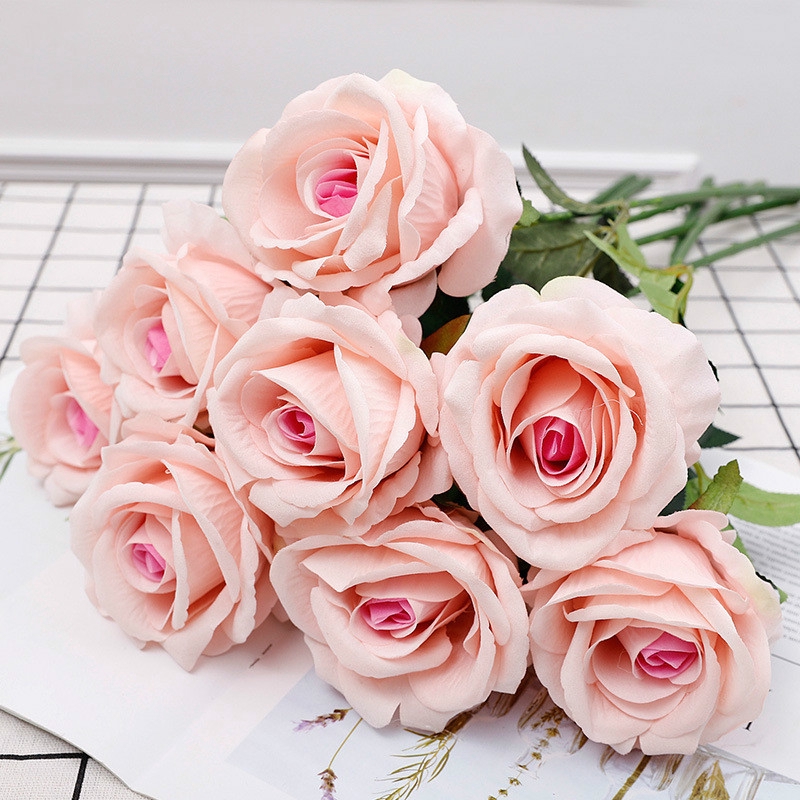
Rose flower morphological characteristics
Rose flower is an upright shrub, up to 2 meters high; the stem of rose flower is thick and clumped; the branchlets are densely tormented, with needles and glandular hairs, with upright or curved, pale yellow prickles, and the prickles are covered with hairs. The leaflets are elliptic or elliptic obovate, 1.5-4.5 cm long, 1-2.5 cm wide, sharp or obtuse at the apex, round or broadly wedge-shaped at the base, with sharp serrations on the edge, dark green above, glabrous, and sunken veins, There are folds, gray-green underneath, midvein protruding, network veins obvious, densely covered with villi and glandular hairs, sometimes not obvious; petioles and leaf shafts are densely covered with villi and glandular hairs.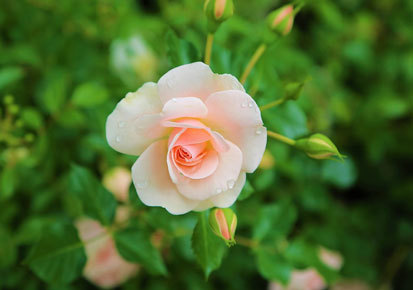
Rose flower growth habit and growing environment and distribution
The rose flowers are native to North China, Japan, and Korea. Cultivated all over China. Now it is mainly distributed in Eastern Asia, Bulgaria, India, Russia, the United States, North Korea and other places.Roses prefer sunny, cold and drought-tolerant, well-drained, loose and fertile loam or light loam, poor growth in clay loam, and poor flowering. It should be planted in a well-ventilated place far away from the wall to prevent sunlight reflection, burn buds, and affect flowering.
The rose is a positive plant, the flower color of rose is strong and the fragrance is strong with sufficient sunshine. When the sun is less than 8 hours in the growing season, it will grow long without flowering. Roses do not have strict requirements for air humidity. Rust and powdery mildew occur when the temperature is low and humidity is high; the blooming season of roses requires a certain degree of humidity in the air; the oil production rate will be reduced when the temperature is dry. Roses do not have strict requirements on the pH of the soil, and they can grow normally from slightly acidic soil to slightly alkaline soil.
Rose flower efficacy and role
Medicinal value
Roses contain more than 300 chemical components, such as aromatic alcohols, aldehydes, fatty acids, phenols, and essential oils and fats. Frequently eaten rose products can soften the liver and the stomach, soothe the qi and invigorate the blood, beautify and nourish the skin.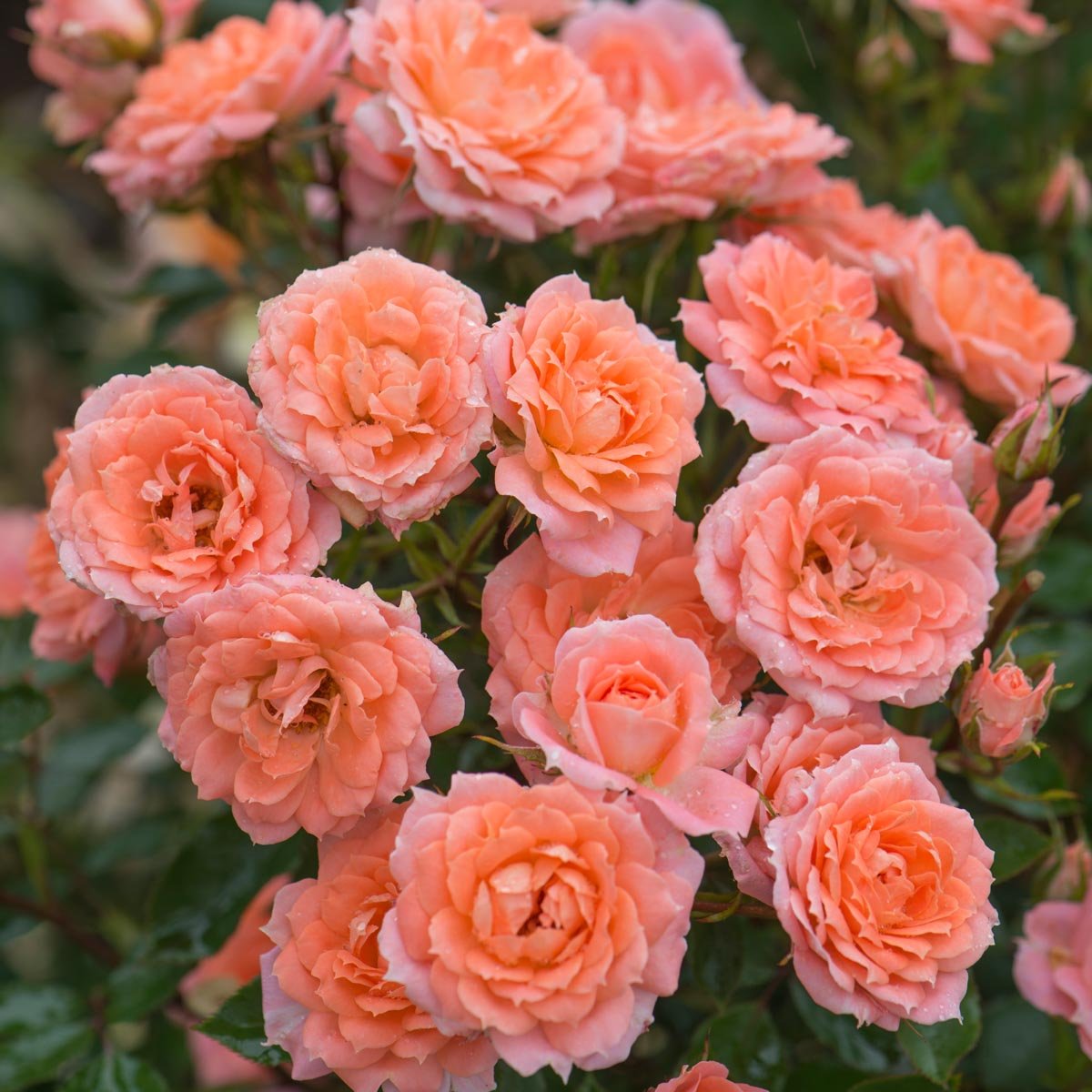
The pulp of rose hips can be made into a jam with a special flavor. The fruit is rich in vitamin C and vitamin P, which can prevent acute and chronic infectious diseases, coronary heart disease, liver disease, and prevent the production of carcinogens.
Rose essential oil extracted from rose petals by distillation can activate male hormones and sperm. Rosewater can also improve skin texture, promote blood circulation and metabolism.
Rose flower cultivation
Twig cutting with heel
You’d better select newly germinated branches in early spring, cut off a little wood on the stems with a sharp knife, and insert them into cutting beds or small pots after treatment with growth hormone.Semi-wood cuttings
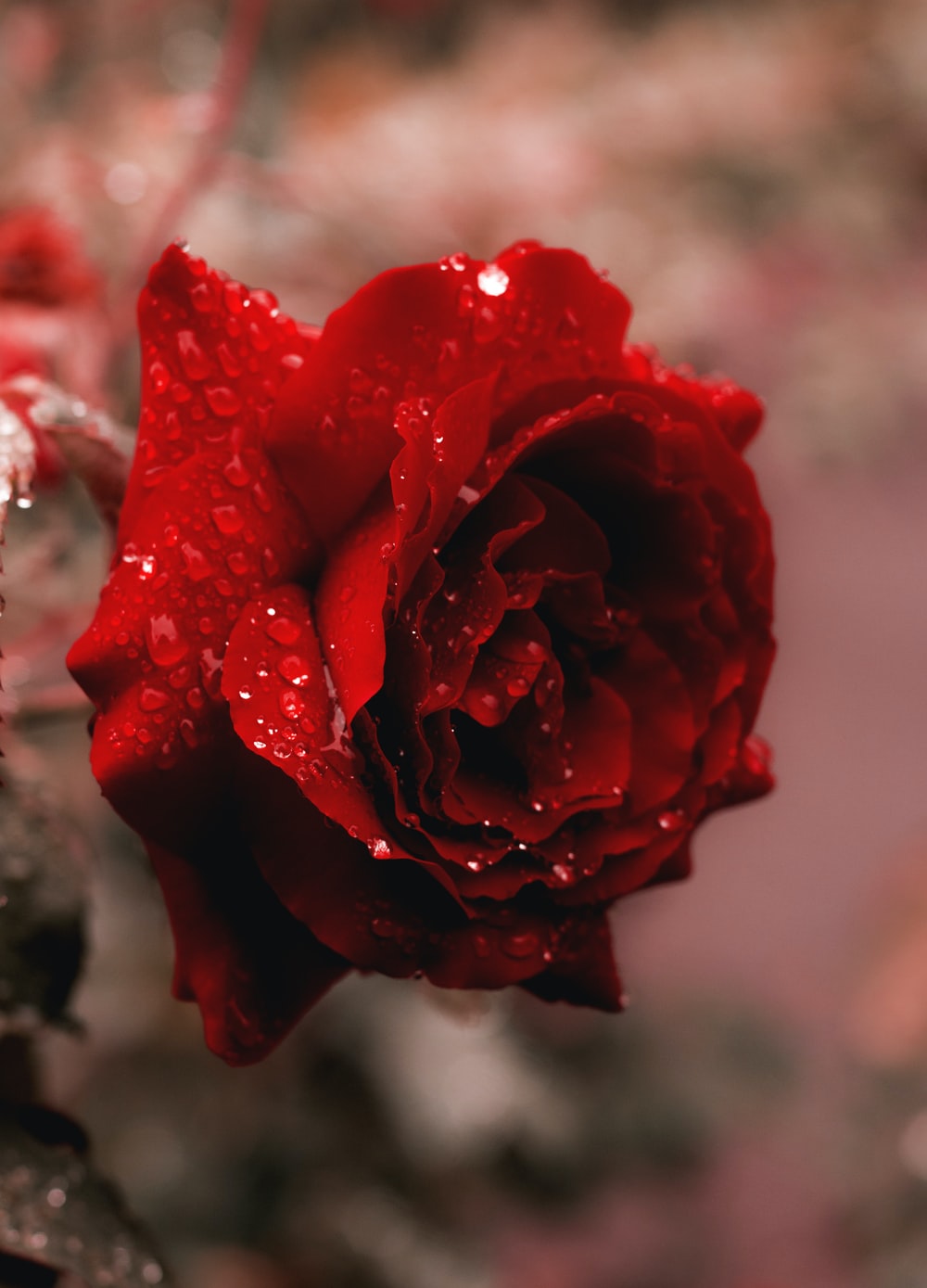
Hardwood cuttings
It is the annual full-bodied branches cut before overwintering, 2-3 knots are divided into a section, every 10 branches are made into a bundle, a 30 cm hole is dug in the low-temperature greenhouse, and the cuttings are buried upside down in moist sand, and the top is covered with 5-10 soil Cm, insert the cuttings into the cutting bed in early spring the following year.Hard branch water insertion
You'd better choose semi-woody branches or hard branches with 1-2 leaves, flatten the base with a sharp knife, insert the branches into a water container, immerse the branches 1/2 in water, and place them at 15°C-20°C where sunlight can be seen to make it grow roots. During the root promotion period, the water in the container should be changed every 2-3 days. When the epidermis of the new roots on the branches turns pale yellow or light brown, they can be taken out and carefully planted in a nutrient bag for cultivation.Latest Updated
- Benefits of Bugleweed - 7 Science-backed Health Benefits
- Bugleweed Dangers & Side Effects - Is It Poisonous?
- How to Plant Evergreen Trees - What You Should Know
- When to Plant Evergreens - Grow Guide for Evergreen Trees
- 12 Wonderful Evergreen Shrubs for Your Garden
- 12 Popular Evergreen Plants with Pictures for Beginners
- When And How To Prune A Lilac Bush Like a Pro
- How to Grow & Care for Lilac Vine (Hardenbergia Violacea)
- Japanese Lilac Tree (Syringa Reticulata) Care & Propagation Guide
- Shumard Oak Pros and Cons - What to Know
Popular Articles
- Winter maintenance of Antirrhinum Majus
- How to Grow Terminalia Mantaly Tree
- How to Grow and Care for Crossostephium Chinense
- How to grow Antirrhinum Majus in spring
- Peristeria Elata (Dove Orchid) Profile: Info & Care Guide
- Underwatered Snake Plant (Sansevieria Trifasciata) - Signs And How To Fix
- How to Care for Brazilian Jasmine Plant (Mandevilla Sanderi)
- How to Grow & Care for Graptopetalum Purple Delight in Summer
- Rosa Chinensis (China Rose): Plant Growing & Care Tips
- How to Care for Baby Sun Rose (Aptenia Cordifolia)